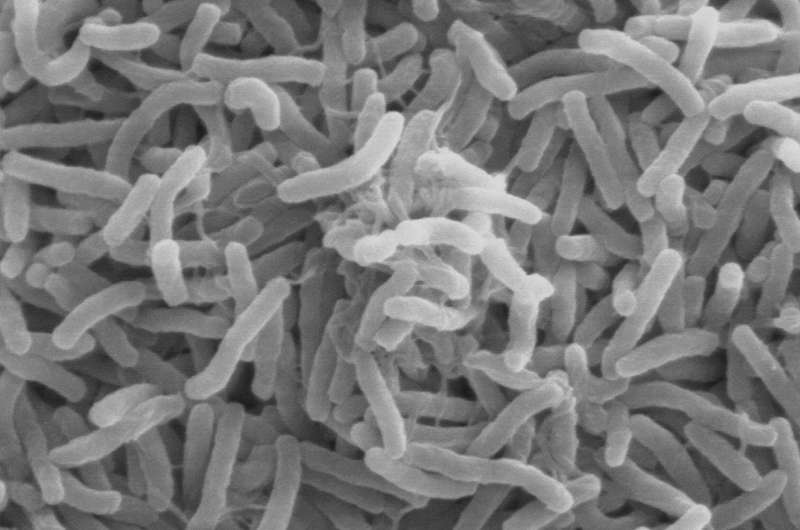New Insights into Bile Imbalance and Liver Cancer: The Role of a Key Molecular Regulator

A groundbreaking study has uncovered how disruptions in bile acid regulation can contribute to the development of liver cancer, specifically hepatocellular carcinoma (HCC). This research highlights the critical role of bile acids—substances produced by the liver essential for fat digestion and metabolic regulation—in liver health and disease. The investigation, published in Nature Communications, identifies a pivotal molecular switch that influences bile acid balance and its impact on liver carcinogenesis.
Bile, produced by the liver, functions as a natural detergent that breaks down fats into smaller, more absorbable droplets in the small intestine. Beyond this digestive role, bile acids act as hormone-like signaling molecules that modulate various metabolic processes. The study focuses on the delicate regulation of bile acid production and how its disruption can lead to liver injury, chronic inflammation, and ultimately, cancer.
Lead researcher Yingzi Yang, a developmental biologist at Harvard School of Dental Medicine, and her team examined how the Hippo/YAP signaling pathway influences bile acid metabolism. While this pathway is renowned for its role in promoting cell growth and cancer development, their findings reveal a surprising function of YAP: it acts as a repressor of bile acid regulation rather than simply fostering proliferation.
Specifically, YAP activation impairs the function of the Farnesoid X receptor (FXR), a nuclear receptor that maintains bile acid homeostasis. When YAP suppresses FXR, bile acids accumulate in the liver, causing fibrosis, inflammation, and increasing the risk of malignant transformation. This overaccumulation creates a vicious cycle that fosters liver damage and carcinogenesis.
The research also demonstrated that blocking YAP’s repressive action—by enhancing FXR activity, inhibiting enzymes like HDAC1 that enable YAP function, or increasing bile acid export proteins such as BSEP—can mitigate liver damage in experimental models. These strategies suggest promising therapeutic avenues for preventing or treating liver cancer by restoring bile acid balance.
Yingzi Yang emphasizes that stimulating FXR pharmacologically could be a viable approach for intervention. The study’s insights contribute to a broader understanding of how metabolic pathways intersect with cellular signaling to influence cancer development. Her lab’s ongoing research explores how YAP regulates nutrient sensing and cell signaling, with implications extending beyond liver cancer to other metabolic diseases.
In conclusion, this study uncovers a novel molecular mechanism linking bile imbalance to liver cancer, opening up new possibilities for targeted therapies aimed at restoring bile acid homeostasis and preventing tumor growth. The findings underscore the importance of metabolic regulation in cancer and pave the way for innovative treatment options in hepatology.
Stay Updated with Mia's Feed
Get the latest health & wellness insights delivered straight to your inbox.
Related Articles
Affordable Trial Programs Effectively Prevent Youth Substance Abuse
Community-based, affordable intervention programs have proven effective in reducing substance misuse among high school students, addressing a critical need in youth health prevention efforts.
Sudan Battles Its Most Severe Cholera Outbreak in Years with Over 40 Fatalities
Sudan faces its worst cholera outbreak in years, with over 40 fatalities amid ongoing conflict and displacement, highlighting urgent needs for aid and improved sanitation.
Protecting Healthcare Workers Amid Rising Measles Cases: The Importance of Vaccination
As measles cases surge globally, protecting healthcare workers through vaccination is vital to prevent transmission and safeguard vulnerable populations. Learn how education and improved screening can boost vaccination rates among health professionals.



